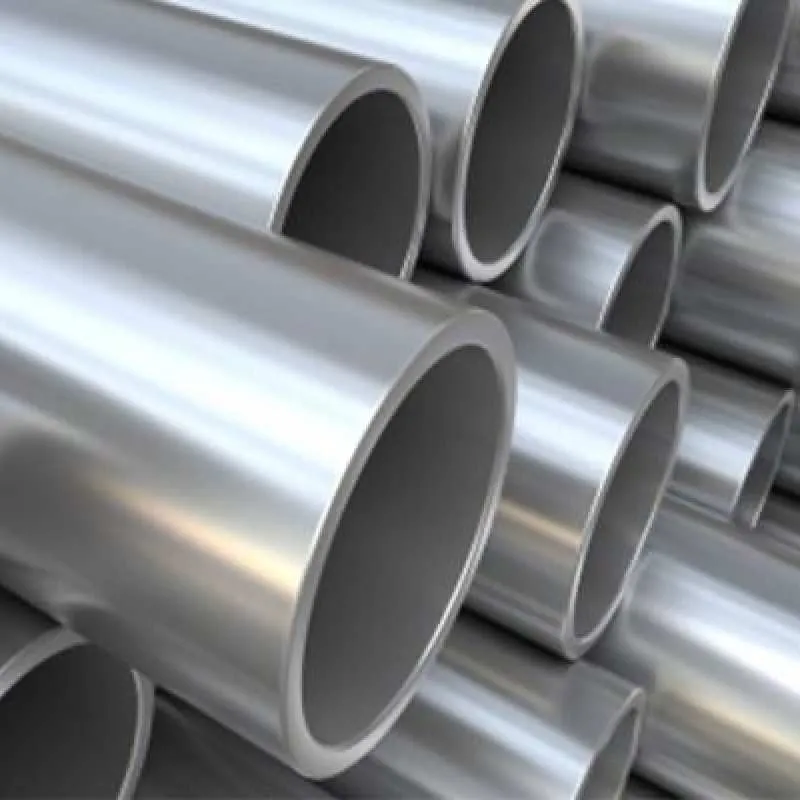-
Cangzhou Yulong Steel Co., Ltd.
-
Phone:
+86 13303177267 -
Email:
admin@ylsteelfittings.com
- English
- Arabic
- Italian
- Spanish
- Portuguese
- German
- kazakh
- Persian
- Greek
- French
- Russian
- Polish
- Thai
- Indonesian
- Vietnamese
- Zulu
- Korean
- Uzbek
- Hindi
- Serbian
- Malay
- Ukrainian
- Gujarati
- Haitian Creole
- hausa
- hawaiian
- Hebrew
- Miao
- Hungarian
- Icelandic
- igbo
- irish
- Japanese
- Javanese
- Kannada
- Khmer
- Rwandese
- Afrikaans
- Albanian
- Amharic
- Armenian
- Azerbaijani
- Basque
- Belarusian
- Bengali
- Bosnian
- Bulgarian
- Catalan
- Cebuano
- China
- China (Taiwan)
- Corsican
- Croatian
- Czech
- Danish
- Esperanto
- Estonian
- Finnish
- Frisian
- Galician
- Georgian
- Kurdish
- Kyrgyz
- Lao
- Latin
- Latvian
- Lithuanian
- Luxembourgish
- Macedonian
- Malgashi
- Malayalam
- Maltese
- Maori
- Marathi
- Mongolian
- Myanmar
- Nepali
- Norwegian
- Norwegian
- Occitan
- Pashto
- Dutch
- Punjabi
- Romanian
- Samoan
- Scottish Gaelic
- Sesotho
- Shona
- Sindhi
- Sinhala
- Slovak
- Slovenian
- Somali
- Sundanese
- Swahili
- Swedish
- Tagalog
- Tajik
- Tamil
- Tatar
- Telugu
- Turkish
- Turkmen
- Urdu
- Uighur
- Welsh
- Bantu
- Yiddish
- Yoruba

Dec . 12, 2024 16:23 Back to list
Slip-On Flange Design and Specifications for Various Applications in Engineering
Understanding the En 1092-1 Slip-On Flange Specifications and Applications
Flanges are integral components in piping systems, serving as connectors between pipes, valves, and other equipment. Among the various types of flanges available, the EN 1092-1 slip-on flange is particularly noteworthy for its practicality and versatility in industrial applications. This article will delve into the specifications, advantages, and common uses of slip-on flanges under the EN 1092-1 standard.
Specifications of EN 1092-1 Slip-On Flange
The EN 1092-1 standard pertains to flanges made from various materials, including carbon steel, stainless steel, and alloy steels. Slip-on flanges are designed to slip over the end of a pipe, providing a simple yet effective means of connecting two sections. According to the EN 1092-1 specifications, these flanges feature a smooth, raised face, and they can be manufactured in different pressure ratings, typically ranging from PN 2.5 to PN 40. The nominal diameter of the flanges can vary to accommodate different pipe sizes, ensuring compatibility with a wide range of piping systems.
The slip-on flange's design includes a hub that extends to the thickness of the pipe wall, which allows for accurate alignment and easy welding. This type of flange is widely compatible with ANSI (American National Standards Institute) and ASME (American Society of Mechanical Engineers) standards, making it a favored choice in international markets.
Advantages of Slip-On Flanges
One of the primary advantages of EN 1092-1 slip-on flanges is their ease of installation. Unlike some other flange types, which require complex machining or preparation, slip-on flanges can simply slide onto the pipe and be welded in place. This allows for a more straightforward assembly process, reducing labor time and costs.
Another significant benefit is their adaptability to various service conditions. Slip-on flanges are suitable for both low-pressure and high-pressure systems, making them a practical choice for diverse applications in industries such as oil and gas, chemical processing, and water treatment. Their design also provides a strong seal when properly welded, minimizing the risk of leaks—a critical factor in safety and operational efficiency.
en 1092 1 slip on flange

Furthermore, slip-on flanges offer a degree of flexibility in alignment, which is crucial in systems where pipes may not be perfectly aligned. This capacity can reduce the stress on adjacent piping and contribute to a more durable overall assembly.
Applications of EN 1092-1 Slip-On Flange
The versatility of EN 1092-1 slip-on flanges makes them suitable for a wide range of applications. In the oil and gas industry, these flanges are commonly used in pipelines that transport crude oil, natural gas, and various refined products. Their robust design and reliable connections help ensure safe and efficient operation across extensive piping networks.
In the chemical processing sector, slip-on flanges are employed to construct pipelines that transport corrosive chemicals and other hazardous materials. The ability to customize materials and sizes according to specific operational needs enhances their effectiveness in such critical environments.
Moreover, slip-on flanges are also utilized in HVAC (heating, ventilation, and air conditioning) systems, where they facilitate connections between ductwork and piping systems. Their ease of installation and strong sealing capabilities make them ideal for maintaining energy efficiency within these systems.
Conclusion
The EN 1092-1 slip-on flange stands out as a reliable and versatile component in modern piping systems. Its straightforward installation process, adaptability to various operating conditions, and suitability for multiple industries solidify its status as a preferred choice for engineers and designers. Whether in oil and gas, chemical processing, or HVAC applications, slip-on flanges play an essential role in ensuring the integrity and efficiency of fluid transport systems worldwide. Understanding their specifications and uses is essential for anyone involved in piping design and installation.
Latest news
-
ANSI 150P SS304 SO FLANGE
NewsFeb.14,2025
-
ASTM A333GR6 STEEL PIPE
NewsJan.20,2025
-
ANSI B16.5 WELDING NECK FLANGE
NewsJan.15,2026
-
ANSI B16.5 SLIP-ON FLANGE
NewsApr.19,2024
-
SABS 1123 FLANGE
NewsJan.15,2025
-
DIN86044 PLATE FLANGE
NewsApr.19,2024
-
DIN2527 BLIND FLANGE
NewsApr.12,2024
-
JIS B2311 Butt-Welding Fittings LR/SR 45°/90° /180°Seamless/Weld
NewsApr.23,2024











